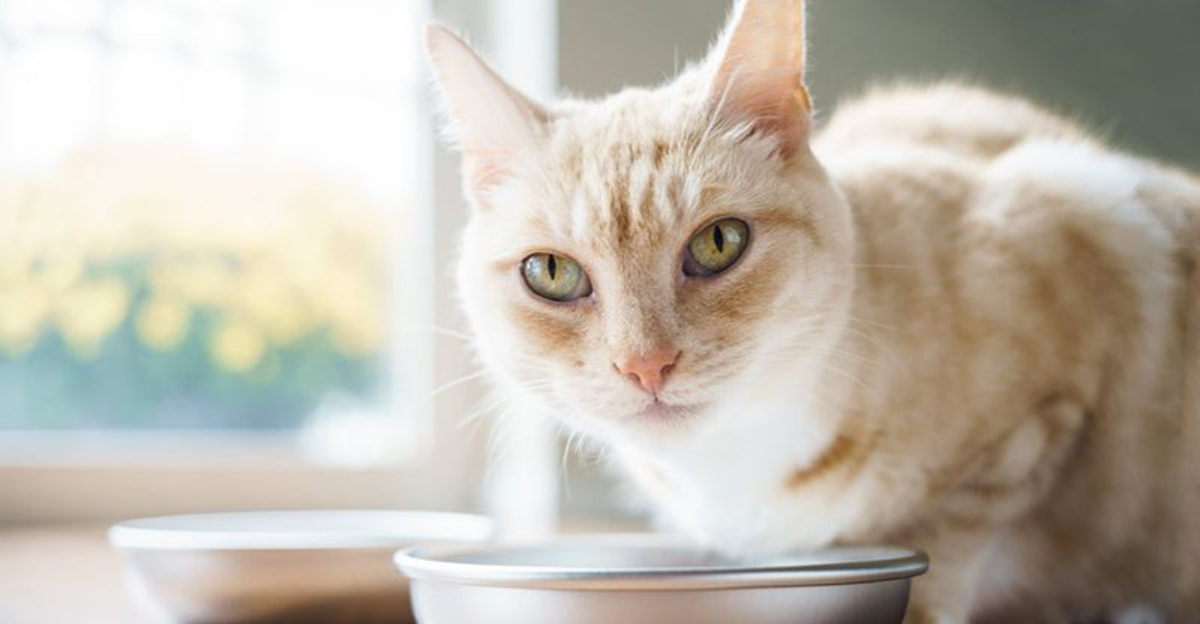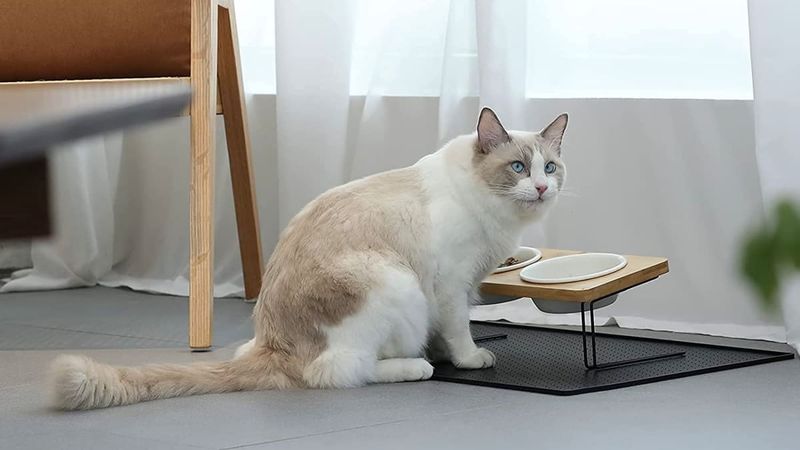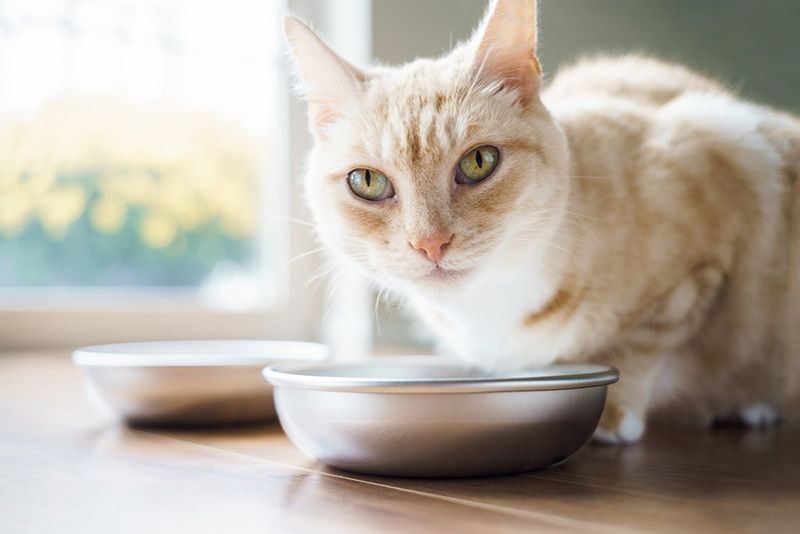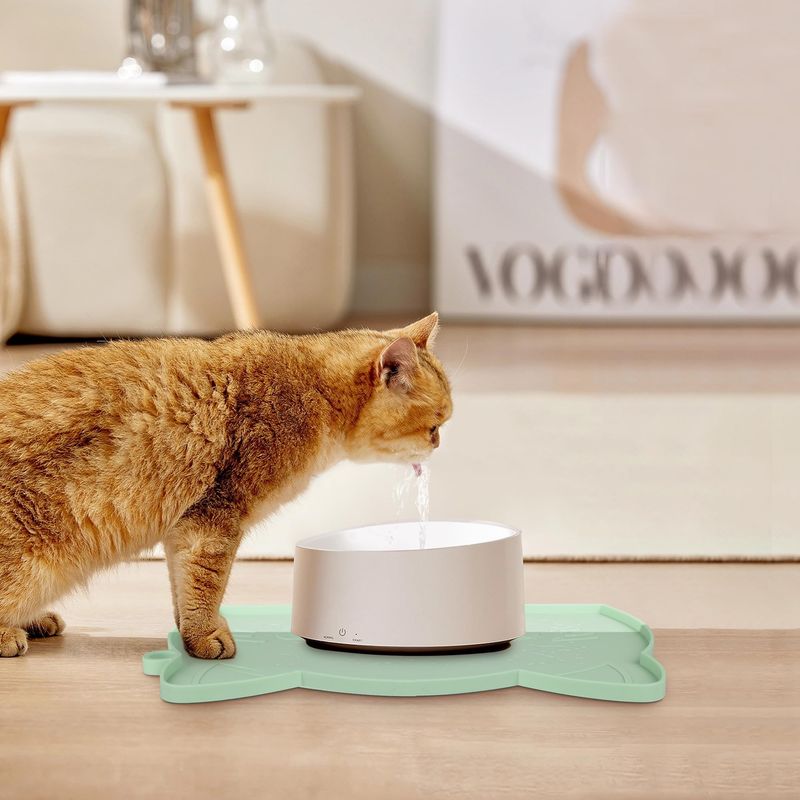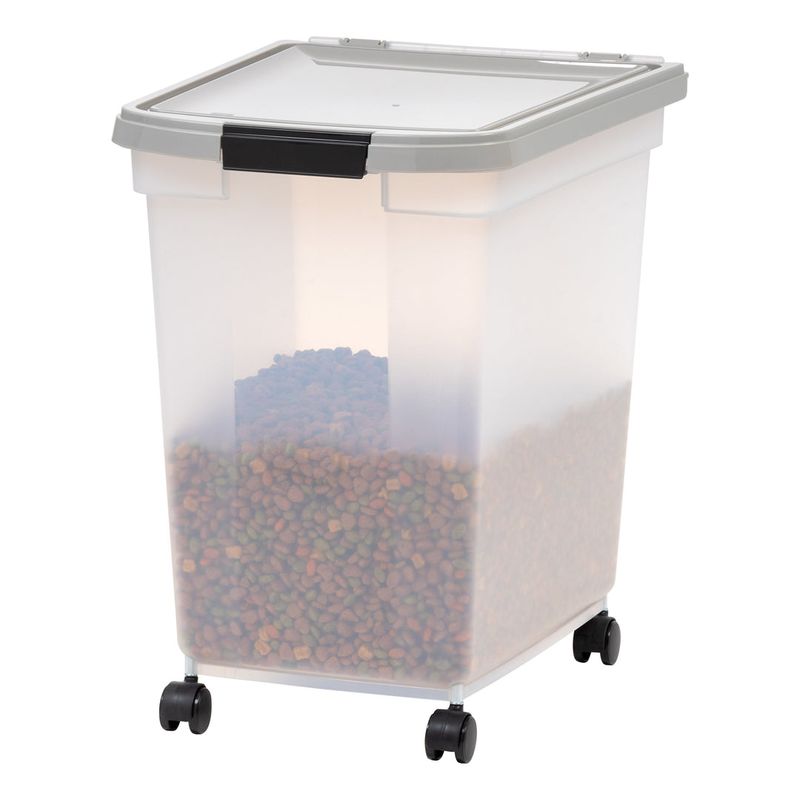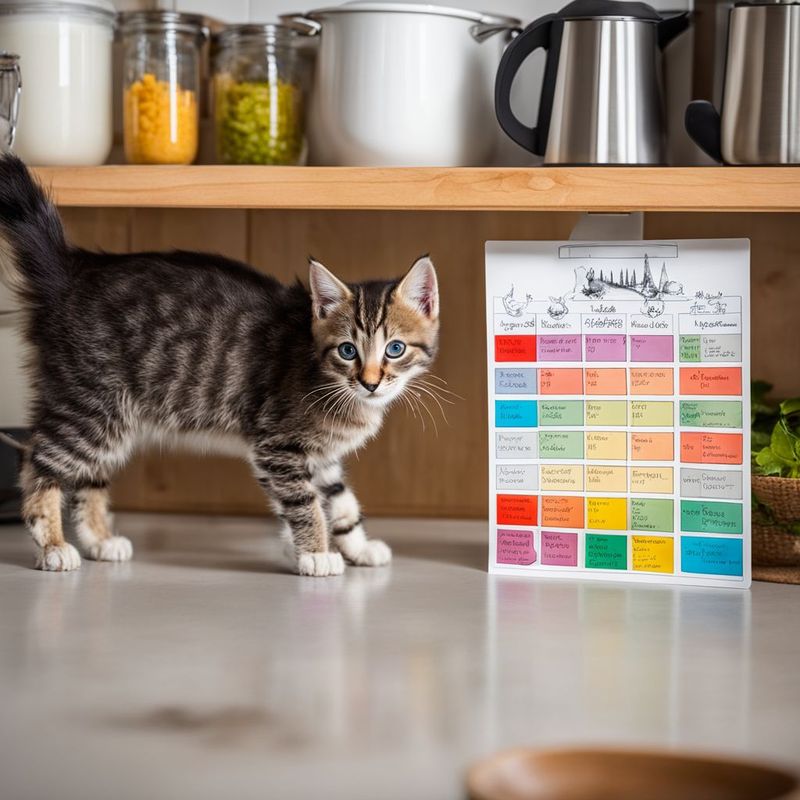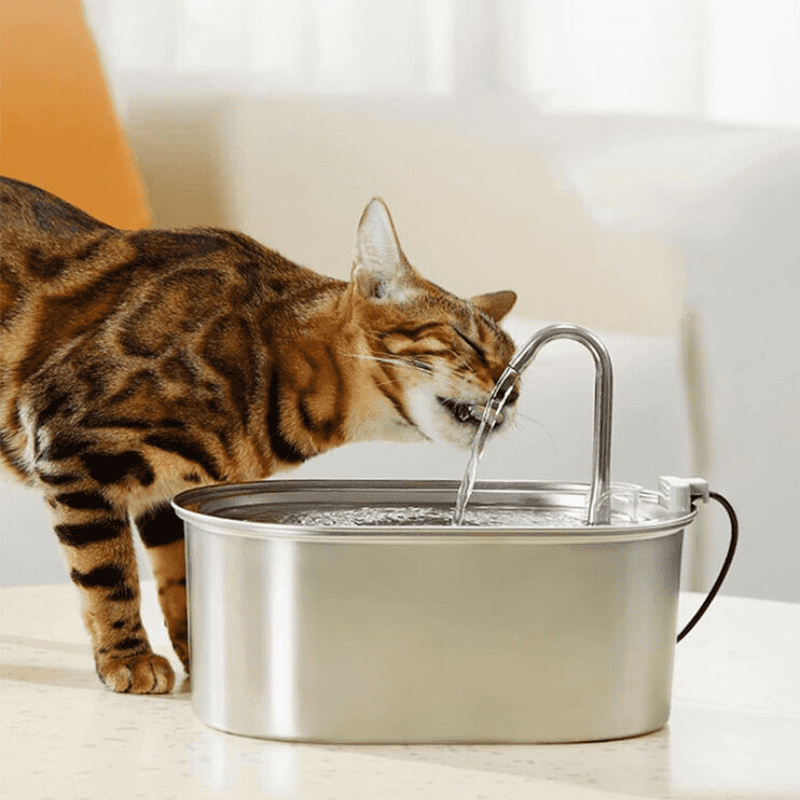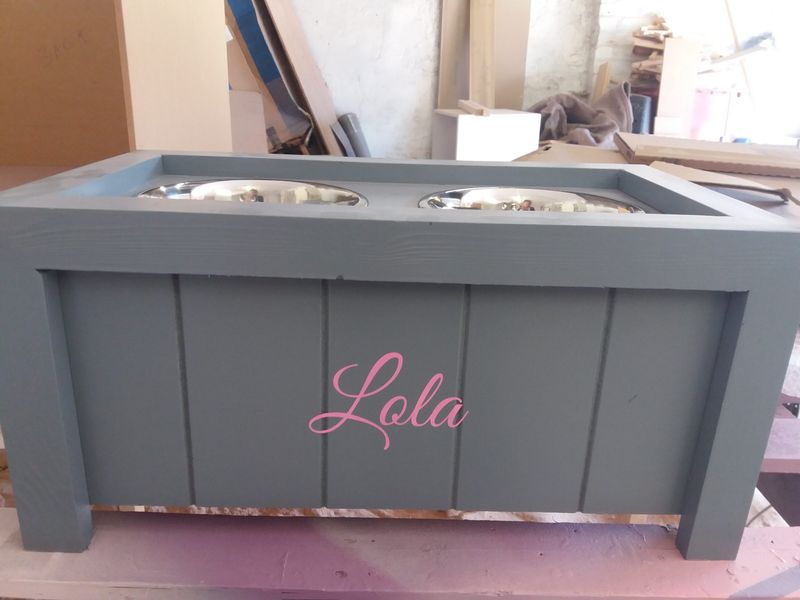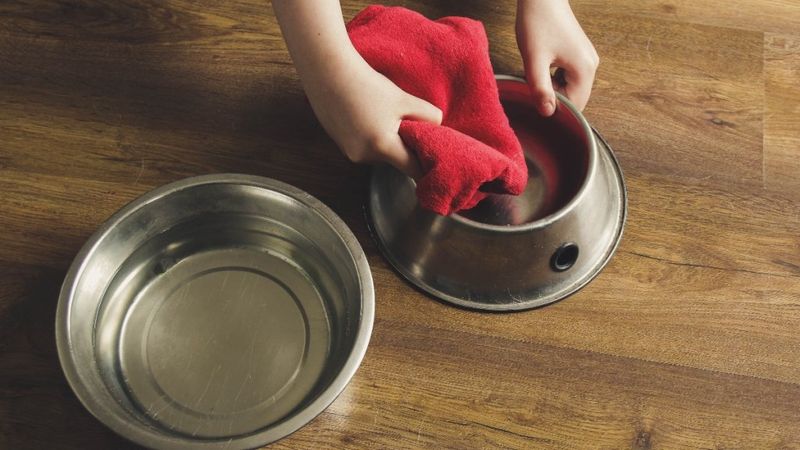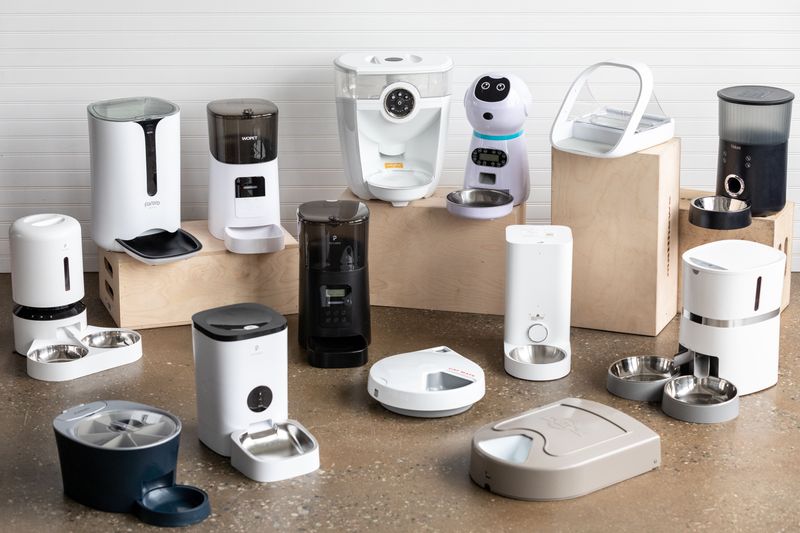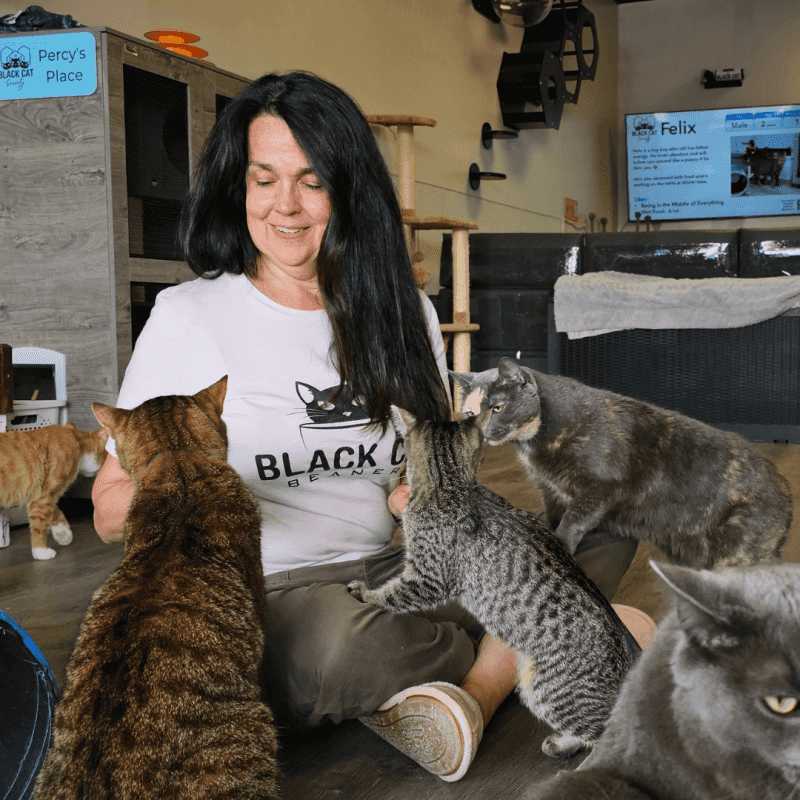📖 Table of Content:
- 1. Choosing the Right Location
- 2. Selecting Suitable Bowls
- 3. Investing in a Quality Mat
- 4. Storing Food Properly
- 5. Incorporating a Feeding Schedule
- 6. Ensuring Fresh Water Availability
- 7. Personalizing the Feeding Area
- 8. Maintaining Hygiene Standards
- 9. Adapting for Multiple Cats
- 10. Creating a Comfortable Atmosphere
Creating a designated feeding area isn’t just about placing a bowl on the floor—it’s about giving your cat a clean, comfortable, and stress-free space to enjoy their meals. In this ultimate guide, we’ll walk you through everything you need to know to set up the perfect feeding area for your feline friend. From choosing the right location and bowl type to managing multi-cat households and keeping the space tidy, these tips will help make mealtime a positive experience for your cat—and easier for you too!
1. Choosing the Right Location
Finding the perfect spot for your cat’s dining area can enhance their dining experience. Consider a quiet corner away from foot traffic, where your feline feels safe and undisturbed. Kitchens are popular choices, but a secluded corner in the living room can work too. Avoid placing the feeding station near litter boxes, as cats prefer separation between dining and bathroom areas. This thoughtful placement not only ensures peace during meals but also encourages your cat to eat more regularly, without stress or interruptions. Remember, a happy meal is often found in the quietest of spaces.
2. Selecting Suitable Bowls
Your cat’s bowl is more than just a container; it influences their eating habits. Stainless steel bowls are durable and easy to clean, while ceramic ones offer a touch of style. Plastics, although colorful, can harbor bacteria and lead to chin acne in some cats. Choose a slightly elevated bowl to reduce neck strain, especially for older cats. This simple adjustment can improve digestion and overall health. Pay attention to the bowl’s size, ensuring it’s suitable for the portion sizes you serve. A well-chosen bowl is a step toward a healthier, happier cat.
3. Investing in a Quality Mat
A feeding mat keeps your floor clean while adding a splash of personality to the feeding area. Choose a mat that is water-resistant and easy to clean, as spills are inevitable. Mats with raised edges are particularly useful in containing messes. Consider a design that reflects your cat’s playful nature or complements your home decor. This thoughtful addition not only simplifies cleanup but also defines a dedicated feeding space in your home. Investing in a quality mat ensures both you and your cat appreciate the dining area every day.
4. Storing Food Properly
Proper food storage is crucial for maintaining freshness and flavor. An airtight container protects dry food from air and moisture, preserving its nutritional value. This ensures every meal is as tasty as the first. It’s advisable to store the container in a cool, dry place away from sunlight. Use a dedicated scoop to measure portions accurately, preventing overfeeding. By prioritizing food storage, you’re not only extending the life of the food but also ensuring your cat receives consistent nourishment. Quality storage solutions make feeding time easy and efficient.
5. Incorporating a Feeding Schedule
Consistency in feeding times fosters a sense of security for your cat. Develop a feeding schedule that aligns with your daily routine, ensuring meals are served at the same times each day. This predictability helps regulate their metabolism and prevent overeating. A visible schedule on the fridge or a kitchen wall keeps everyone in the household informed. This approach not only aids in managing the cat’s diet but also strengthens your bond, as they come to anticipate and appreciate the regular mealtime rituals.
6. Ensuring Fresh Water Availability
Hydration is key to a cat’s health, and a water fountain can encourage regular water intake. Cats are naturally attracted to the sound and movement of flowing water, making fountains an excellent choice. These devices filter impurities and keep the water oxygenated. Place the fountain away from the food bowl to mimic natural drinking behavior. Regular cleaning prevents buildup and ensures your cat enjoys fresh water every day. A fountain not only supports kidney health but also adds a dynamic element to the feeding area.
7. Personalizing the Feeding Area
Adding personal touches to your cat’s feeding area creates a welcoming environment. Consider custom bowls with your cat’s name or themed mats that reflect their personality. These special touches show love and attention to detail, making feeding time enjoyable. Personalization also differentiates feeding areas in multi-pet households, preventing mix-ups. This not only elevates the aesthetic appeal of the space but also strengthens the bond with your feline friend, as they recognize their special place in your home.
8. Maintaining Hygiene Standards
Cleanliness is paramount in maintaining a healthy feeding area. Regularly wash bowls and mats with warm soapy water to prevent bacterial buildup. For stainless steel and ceramic bowls, ensure thorough cleaning to avoid residues. Dry them completely before refilling to prevent moisture-related issues. Weekly deep-cleaning routines keep the feeding area germ-free and inviting. By adhering to strict hygiene standards, you’re safeguarding your cat against potential health risks and ensuring mealtimes are safe and pleasant.
9. Adapting for Multiple Cats
In multi-cat households, each cat should have their own feeding station to prevent competition and stress. Designate separate bowls and mats for each feline, placed a comfortable distance apart. This arrangement allows cats to eat at their own pace without feeling rushed. It’s crucial to monitor interactions and adjust placements as needed to maintain harmony. By adapting the feeding setup for multiple cats, you support peaceful cohabitation and ensure each cat feels valued and secure during mealtimes.
10. Creating a Comfortable Atmosphere
The ambiance of a feeding area influences your cat’s dining pleasure. Soft lighting and gentle background music can create a soothing environment. Avoid loud noises or sudden disruptions that might startle your pet. This serene setting encourages mindful eating and can reduce anxiety, especially for timid cats. By understanding the importance of a comfortable atmosphere, you’re setting the stage for a positive feeding experience that your cat will look forward to every day. It’s not just about food; it’s about creating a haven.
